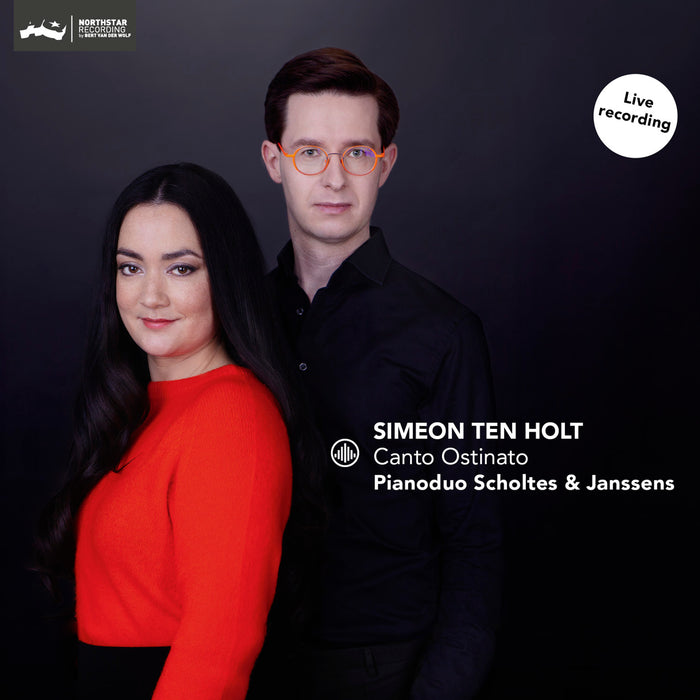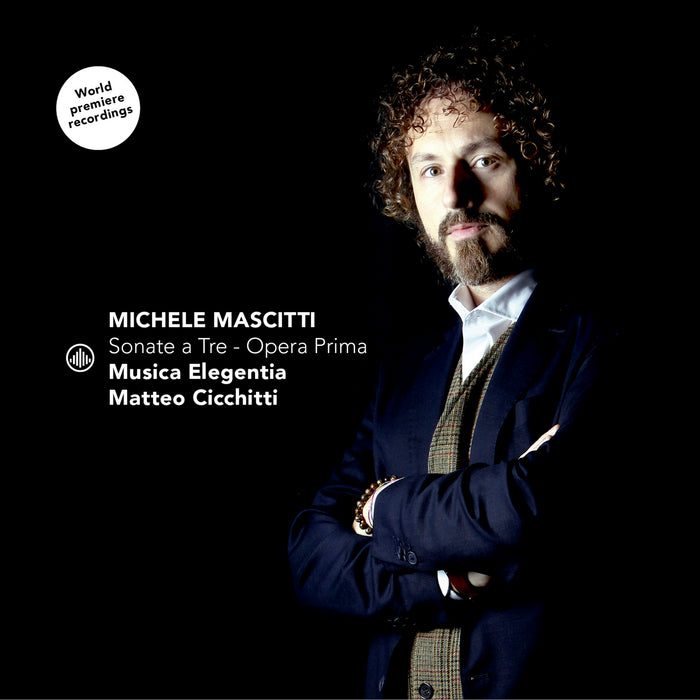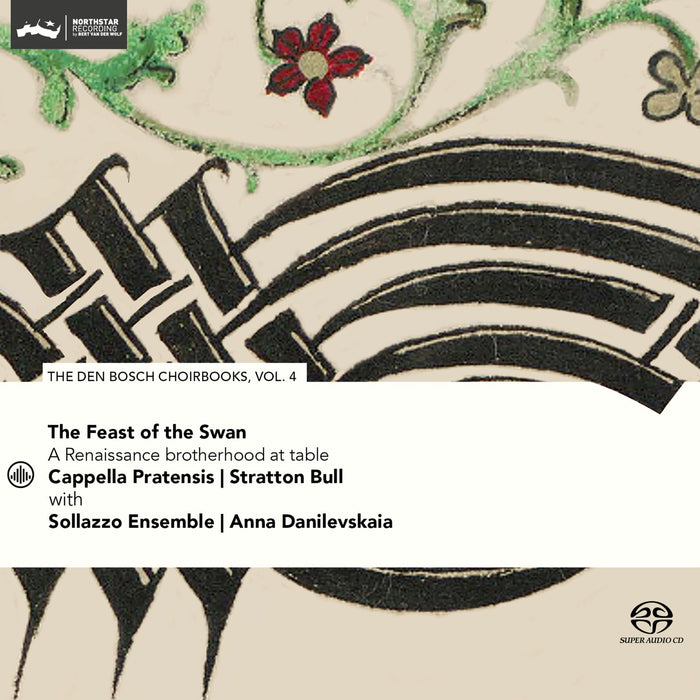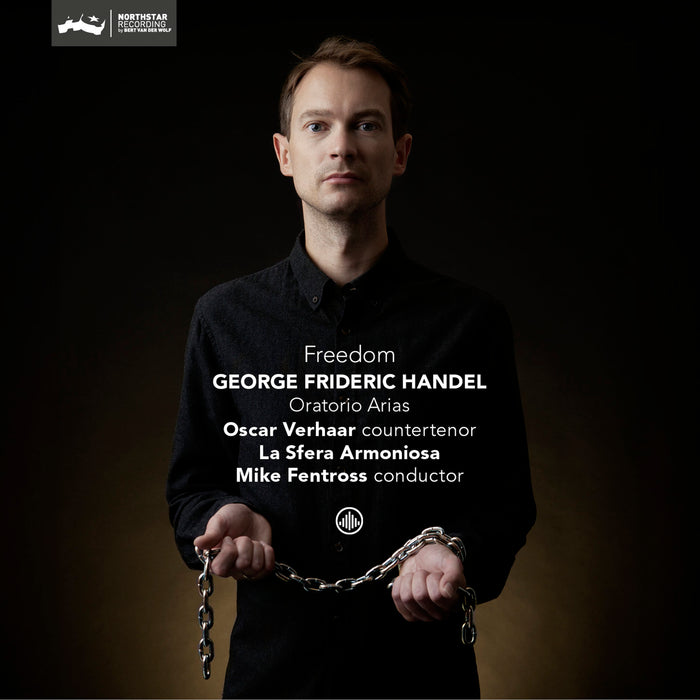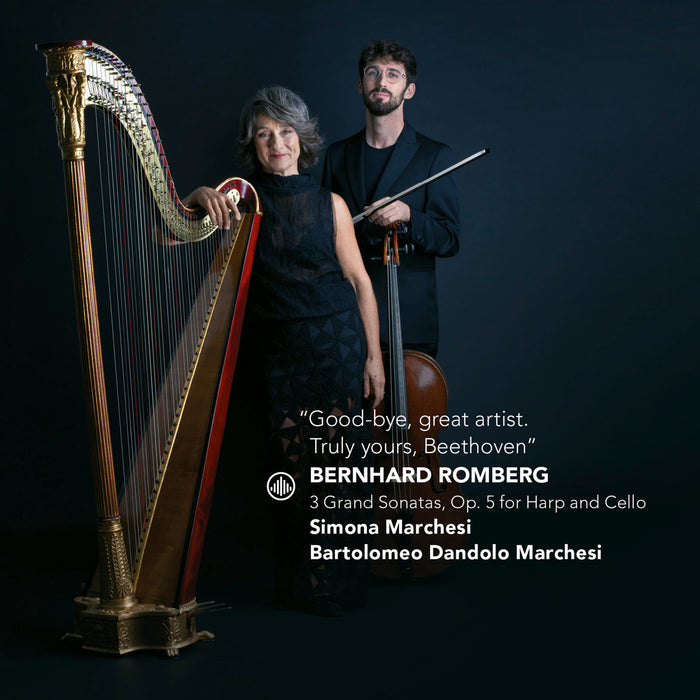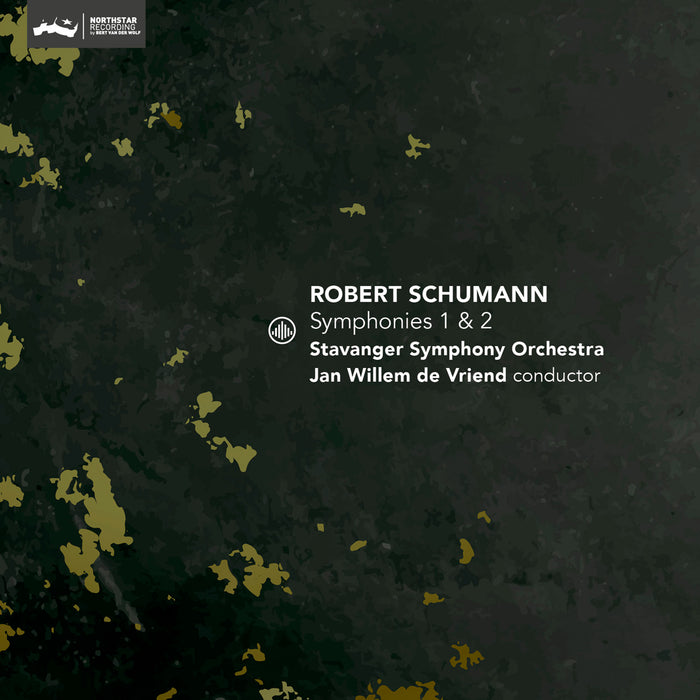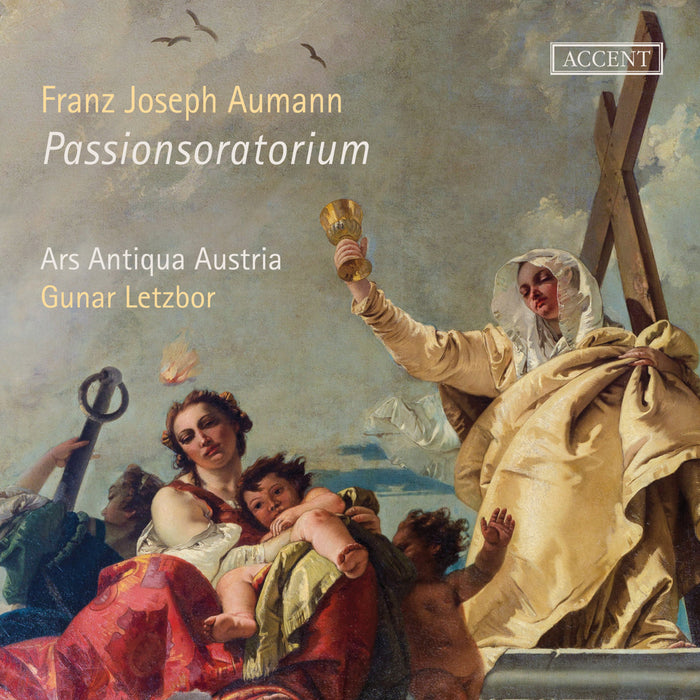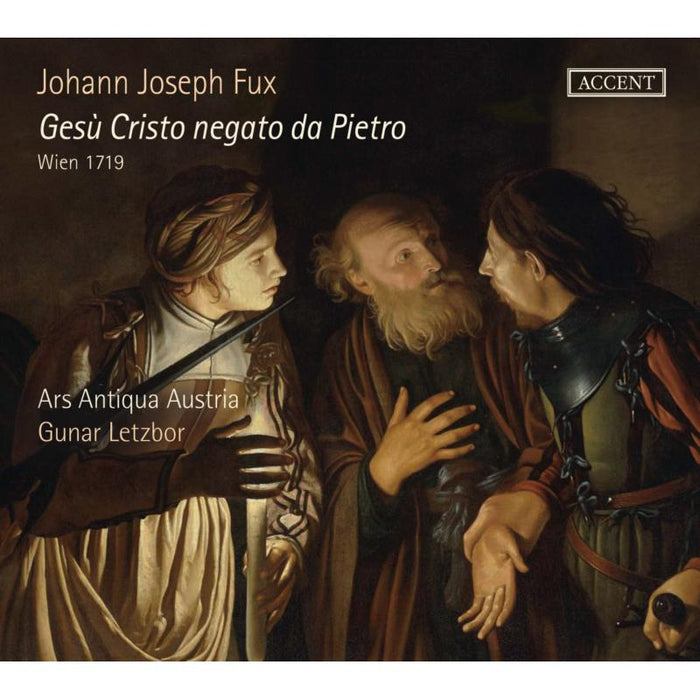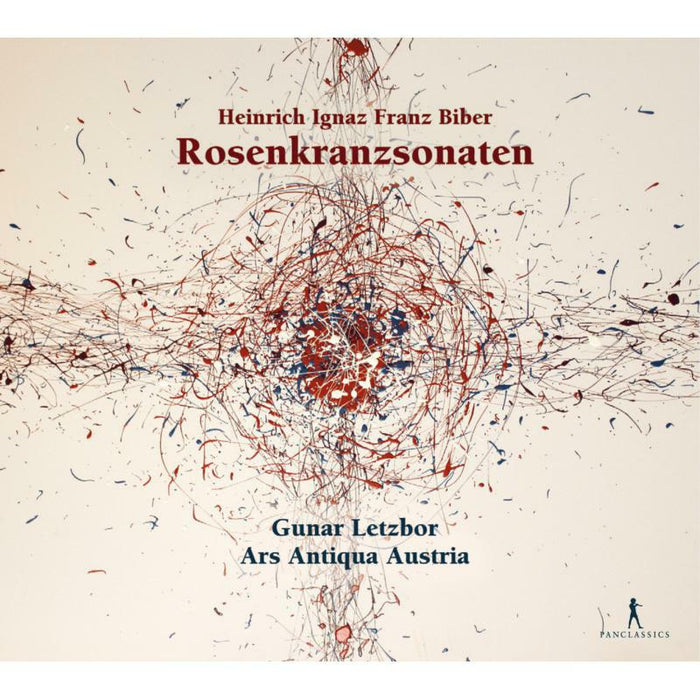Description
A new discovery from Gunar Lezbor and his ever-curious group Ars Antiqua Austria represents their thirteen release on Challenge Classics. Amandus Ivanschiz belongs to that huge number of composers linked to the Lambach Abbey in Austria. Lezbor and his group have selected a group or works for strings (one with the addition of two horns) which are performed with the usual philological and expressive care.
Amandus Ivanschiz was baptised Matthias Leopold Ivanschiz on 24 December 1727 in the Austrian city of Wiener Neustadt. As early as 1742, at the age of fifteen, Matthias decided to join the Pauline Order and took the name Amandus. On 25 December 1743 Amandus took his vows and was then sent to Maria Trost and Wiener Neustadt to study for the priesthood. The extensive oeuvre of this master, who only lived to the age of 31, is astonishing. In total, more than 300 copies of his works can be found in Central and Eastern Europe. His modern style and great compositional mastery probably explain the wide dissemination of his music. Ivanschiz might therefore also have served as a model in the development of the young Mozart. Amadeus' first visit to the monastery is documented on 12 September 1767, after which we know he returned at least another three times.
Austrian Baroque music takes centre stage in the repertoire of this unusual Baroque ensemble. The music performed at the imperial court in Vienna at this time was initially heavily influenced by the music of Italy, later by that of France; Spanish court ceremonial also had important artistic effects in Vienna. The typical Austrian sound of this era was characterised by the impact of its many royal domains. The political and societal boundaries of Baroque Austria stretched much further than nowadays. Elements of Slavic, Hungarian and Alpine folk music styles had lasting effects on art music, making up its specific sound. But the Austrian sound also reflects the temperament and the character of the people of the time: placed within the melting pot of many diverse cultures, amalgamating Mediterranean zest for life, Slavic melancholy, French formalism, Spanish royal ceremony and the original Alpine elements of the German-speaking region. This mixture of court music and folk music with a dance-like character outlines the typically Austrian sound.
"The bubbling horns that emerge in the Allegro assai of the Sinfonia in G are fun and vibrant; there is some lovely second violin playing from Nina Pohn in the Andantino of the Sinfonia in A." - Gramophone


